The Pitcairn Islands, a remote group of volcanic islands in the southern Pacific Ocean, are known for their extraordinary isolation and unique history. Located over 5,000 kilometers from the nearest continental landmass, these islands are among the most isolated inhabited places on Earth. The Pitcairn Islands offer a blend of captivating natural beauty, intriguing history, and a distinctive cultural heritage, making them a unique destination for those seeking an off-the-beaten-path adventure.
Table of Contents
Geography
The Pitcairn Islands are situated in the southern Pacific Ocean, approximately 5,300 kilometers east of New Zealand and 4,200 kilometers west of South America. The group consists of four islands: Pitcairn, Henderson, Ducie, and Oeno. Pitcairn is the only island that is inhabited, while the others are uninhabited and protected as part of the Pitcairn Islands Group Marine Reserve.
Covering a total area of about 47 square kilometers, the Pitcairn Islands are volcanic in origin, with rugged terrain and lush vegetation. Pitcairn Island, the main island, features steep cliffs, lush forests, and dramatic coastline. The islands’ remote location and volcanic origins contribute to their unique ecosystems and breathtaking landscapes.
States of Pitcairn Islands
The Pitcairn Islands are a British Overseas Territory and do not have states or provinces. They consist of four main islands: Pitcairn, Henderson, Ducie, and Oeno, with Pitcairn being the only inhabited island. The governance of the territory is overseen by a Governor appointed by the British Crown and a local Island Council.
History
The history of the Pitcairn Islands is marked by its isolation and the intriguing story of the HMS Bounty mutineers. In 1789, the mutineers from the HMS Bounty, led by Fletcher Christian, settled on Pitcairn Island after their successful revolt against Captain William Bligh. The mutineers, along with Tahitian companions, established a settlement that became the foundation of the modern Pitcairn community.
The early years of the settlement were challenging, with conflicts among the settlers and difficulties in sustaining the community. However, the Pitcairn Islanders eventually established a stable society, and the island became a British territory in 1838. The British government took a proactive role in supporting the island’s development and managing its affairs.
Over the years, the Pitcairn Islands have faced various challenges, including economic difficulties and environmental concerns. Despite these challenges, the community has maintained its unique heritage and continues to preserve the legacy of the Bounty mutineers. Today, the Pitcairn Islands are a British Overseas Territory, with a small population that remains dedicated to preserving their cultural and historical heritage.
Top Ten Must-Visit Destinations
1. Bounty Bay
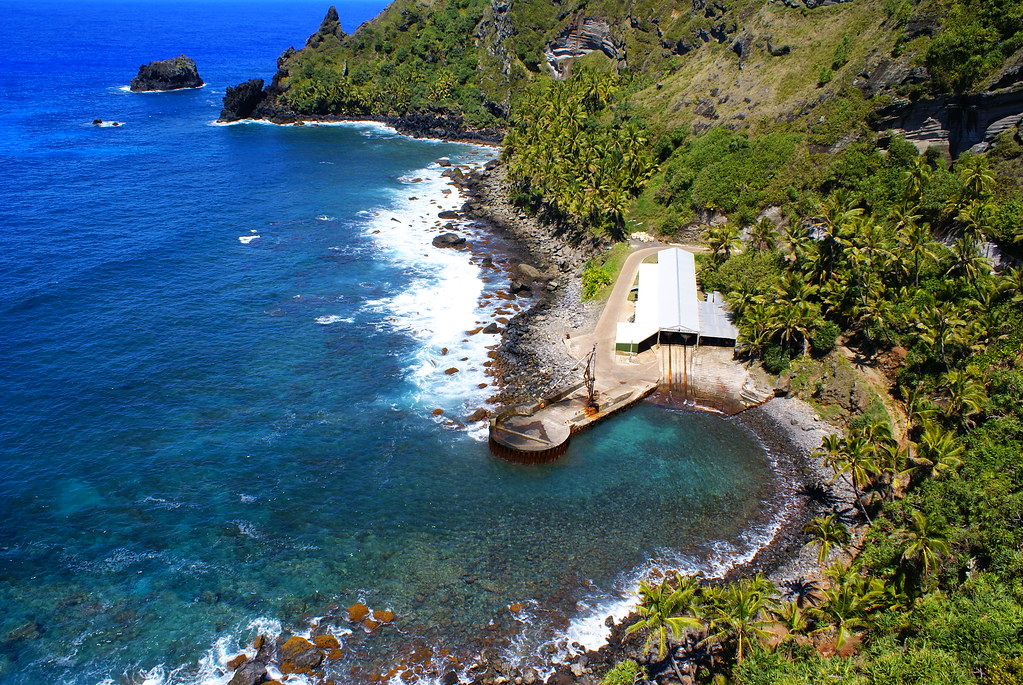
Bounty Bay is the landing site where the HMS Bounty mutineers first arrived on Pitcairn Island. The bay is known for its dramatic scenery, including steep cliffs and lush vegetation. Visitors can explore the bay and learn about its historical significance through guided tours.
2. Adamstown

Adamstown is the capital and largest settlement on Pitcairn Island. The town is named after Adam and Eve, the first settlers on the island. Adamstown features charming colonial-era buildings, the Pitcairn Island Museum, and the iconic Bounty Store, which offers a glimpse into the island’s history and daily life.
3. Christian’s Cave

Christian’s Cave is a historic site on Pitcairn Island associated with Fletcher Christian, the leader of the Bounty mutineers. The cave offers stunning views of the surrounding landscape and serves as a reminder of the island’s early settlers and their struggles.
4. Pitcairn Island Museum

The Pitcairn Island Museum, located in Adamstown, provides an in-depth look at the island’s history, including exhibits on the Bounty mutineers, early settlement, and local culture. The museum offers valuable insights into the unique heritage of the Pitcairn Islands.
5. Fletcher’s Point

Fletcher’s Point is a scenic viewpoint on Pitcairn Island named after Fletcher Christian. The point offers panoramic views of the island’s rugged coastline and surrounding ocean, making it a popular spot for photography and contemplation.
6. St. Paul’s Rock
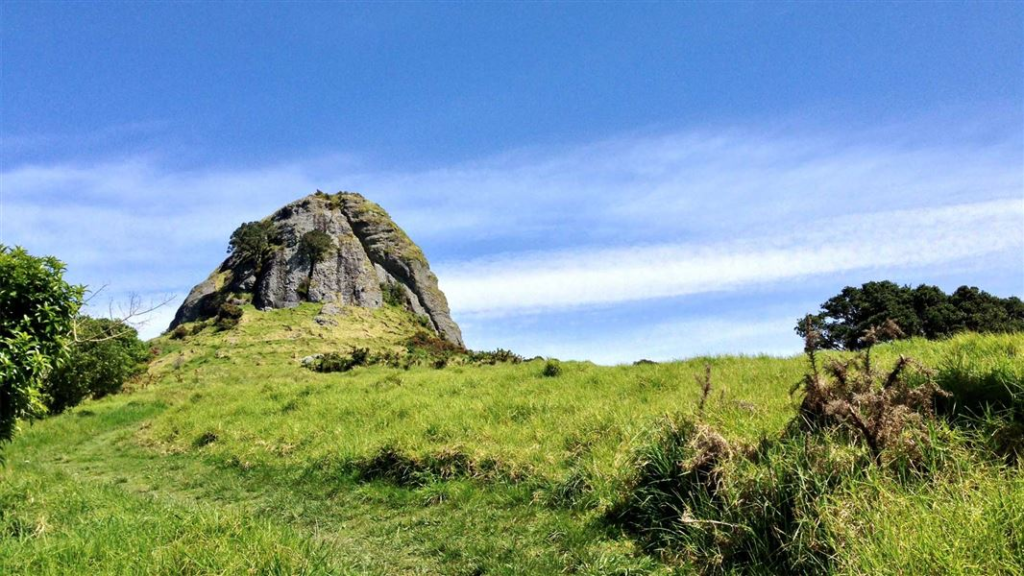
St. Paul’s Rock is a prominent landmark on Pitcairn Island, known for its striking appearance and historical significance. The rock features a unique geological formation and provides excellent views of the island’s landscape and marine surroundings.
7. Pitcairn Island Botanical Garden

The Pitcairn Island Botanical Garden showcases the island’s diverse flora, including native and introduced plant species. The garden offers visitors a chance to explore the island’s natural beauty and learn about its unique ecosystems.
8. The Bounty Store
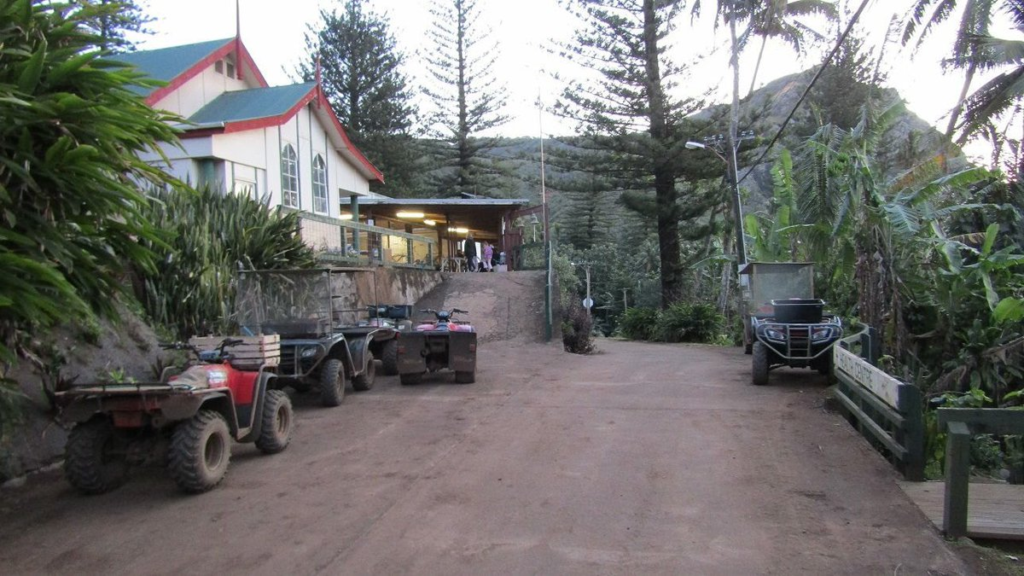
The Bounty Store in Adamstown is a historic building that has been serving the Pitcairn community for decades. The store offers a range of local products, souvenirs, and a glimpse into the island’s history and daily life.
9. Oeno Island
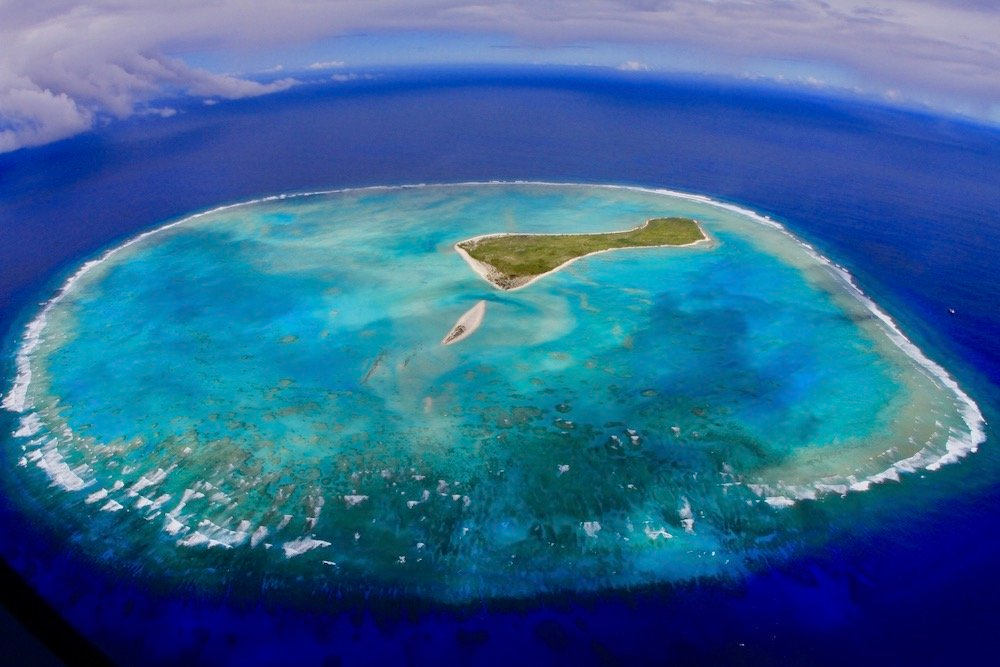
Oeno Island, part of the Pitcairn Islands Group Marine Reserve, is known for its pristine beaches and clear waters. The island is an ideal destination for snorkeling and enjoying the natural beauty of the remote Pacific.
10. Henderson Island
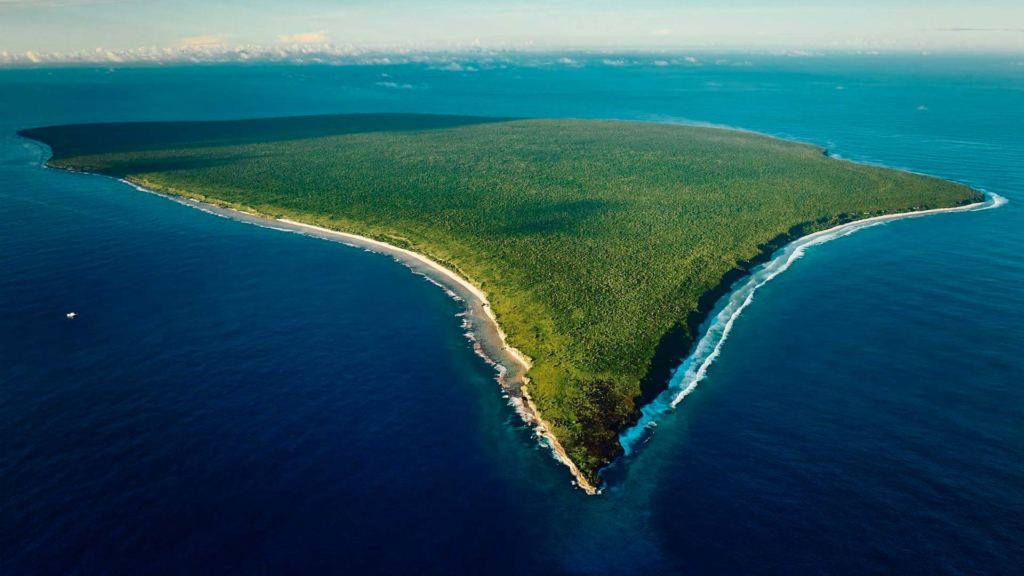
Henderson Island is a UNESCO World Heritage Site recognized for its exceptional natural beauty and unique ecosystems. Although uninhabited, the island is a significant destination for researchers and conservationists interested in its ecological significance.
Culture
The culture of the Pitcairn Islands is deeply rooted in the legacy of the Bounty mutineers and their Polynesian companions. The islanders maintain a unique cultural heritage that combines elements of Polynesian and European traditions. The Pitcairn Islanders are known for their close-knit community, traditional crafts, and maritime skills.
The Pitcairn Islands have their own distinctive dialect, which is a blend of English and Polynesian languages. This linguistic heritage reflects the islands’ diverse cultural influences and the historical interactions between the mutineers and the indigenous Polynesians.
Festivals
The Pitcairn Islands celebrate several annual events that highlight their cultural heritage and community spirit. One of the most notable events is the Pitcairn Island Day, which celebrates the island’s history and the legacy of the Bounty mutineers. The day is marked by traditional performances, cultural activities, and communal gatherings.
Economy
The economy of the Pitcairn Islands is primarily based on subsistence agriculture, fishing, and small-scale tourism. The island’s isolation and limited resources present challenges, but the community relies on traditional practices and local industries to sustain their way of life. Tourism plays a small but important role in the economy, with visitors drawn to the islands’ unique history and natural beauty.
Cuisine
The cuisine of the Pitcairn Islands is influenced by both Polynesian and European traditions. Local dishes often feature seafood, tropical fruits, and root vegetables. Traditional meals include dishes like “palu-palu,” a type of fish stew, and “kumara,” a sweet potato dish. The island’s cuisine reflects its maritime heritage and the diverse cultural influences that have shaped its culinary traditions.
Top Eight Most Famous Food








Ten Interesting Facts
- The Pitcairn Islands are one of the most isolated inhabited places on Earth.
- The islands were settled by the mutineers of the HMS Bounty in 1789.
- Pitcairn Island is the only inhabited island in the group.
- Henderson Island is a UNESCO World Heritage Site due to its unique ecosystems.
- The Pitcairn Islands are located over 5,000 kilometers from the nearest continental landmass.
- The islanders speak a distinctive dialect blending English and Polynesian languages.
- The Bounty Bay is the historic landing site of the HMS Bounty mutineers.
- Adamstown, the capital, features colonial-era buildings and the Pitcairn Island Museum.
- Oeno Island is known for its pristine beaches and clear waters.
- The Pitcairn Islands Group Marine Reserve protects the surrounding marine environment.
Conclusion
The Pitcairn Islands offer a captivating glimpse into one of the most isolated and unique corners of the world. With their rich history, stunning natural landscapes, and distinct cultural heritage, the islands provide an unforgettable experience for those willing to embark on a journey to this remote Pacific paradise. Whether exploring the historic sites of Pitcairn Island, enjoying the natural beauty of the surrounding islands, or immersing in the island’s unique culture, visitors will find that the Pitcairn Islands are a truly remarkable destination.
let’s enjoy few years on earth with peace and happiness….✍🏼🙏

